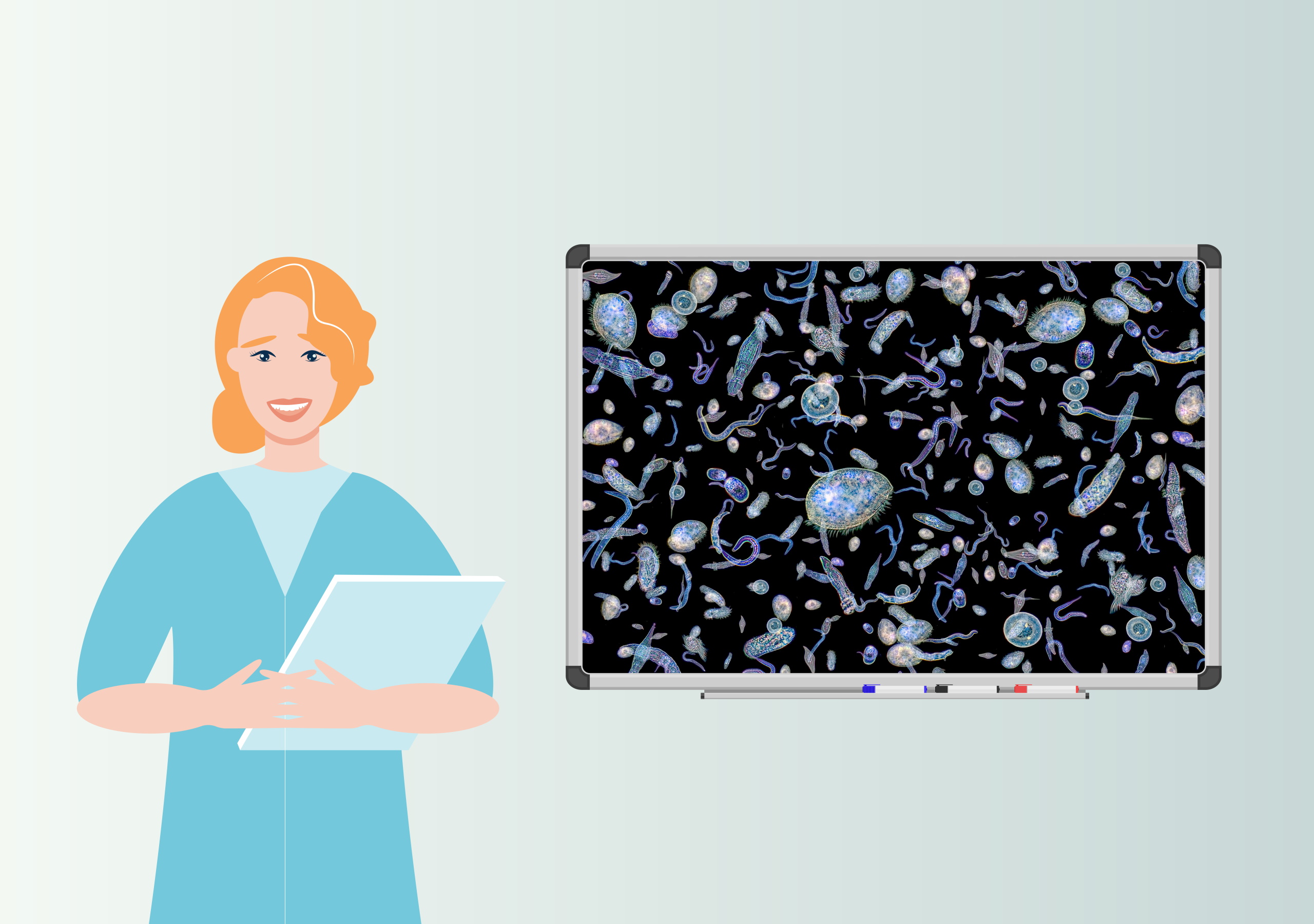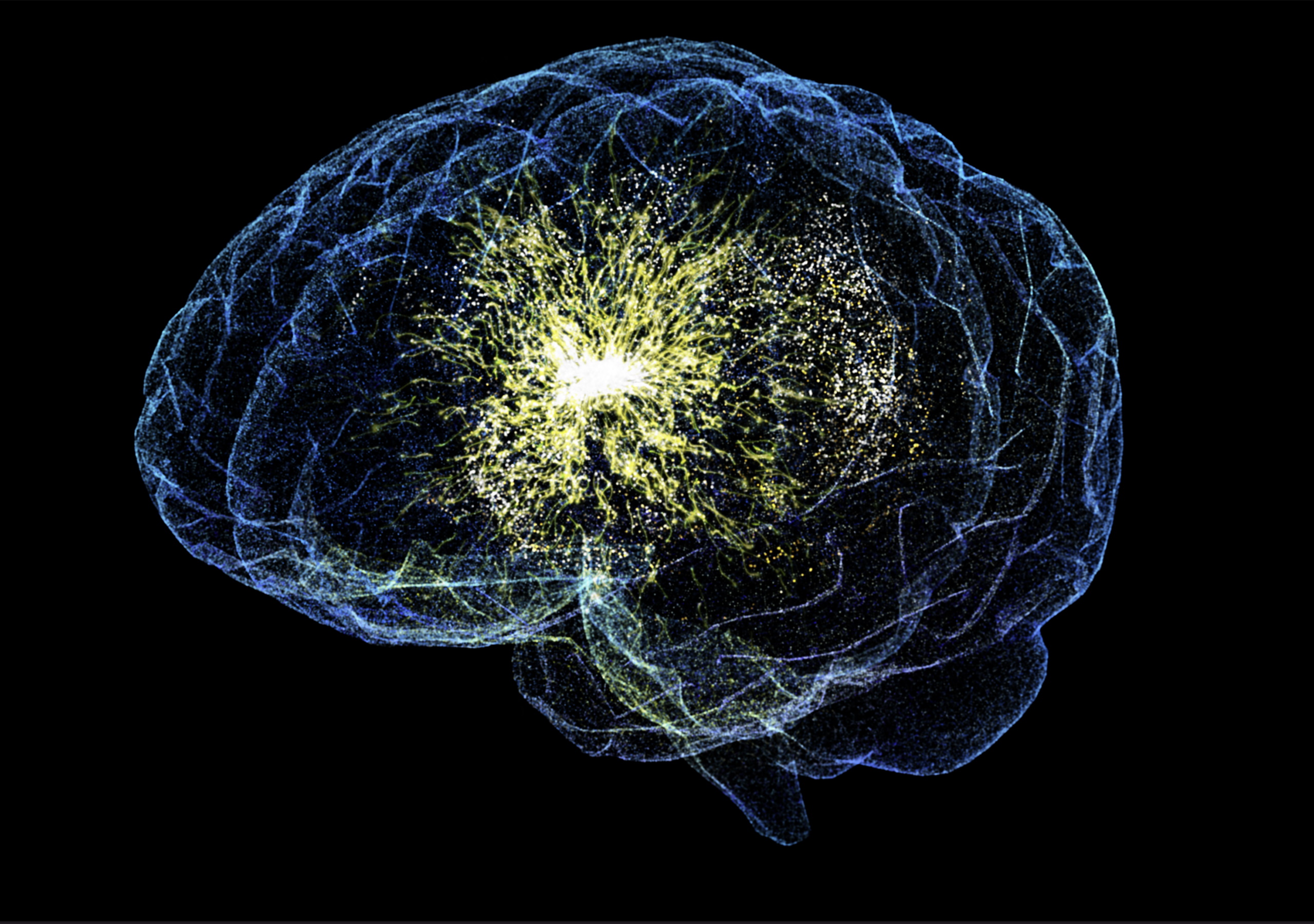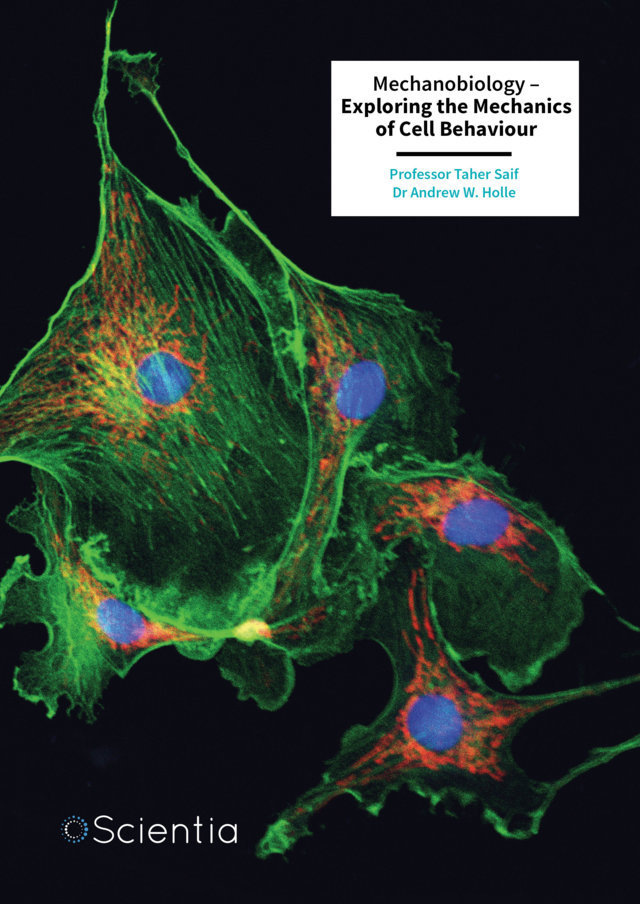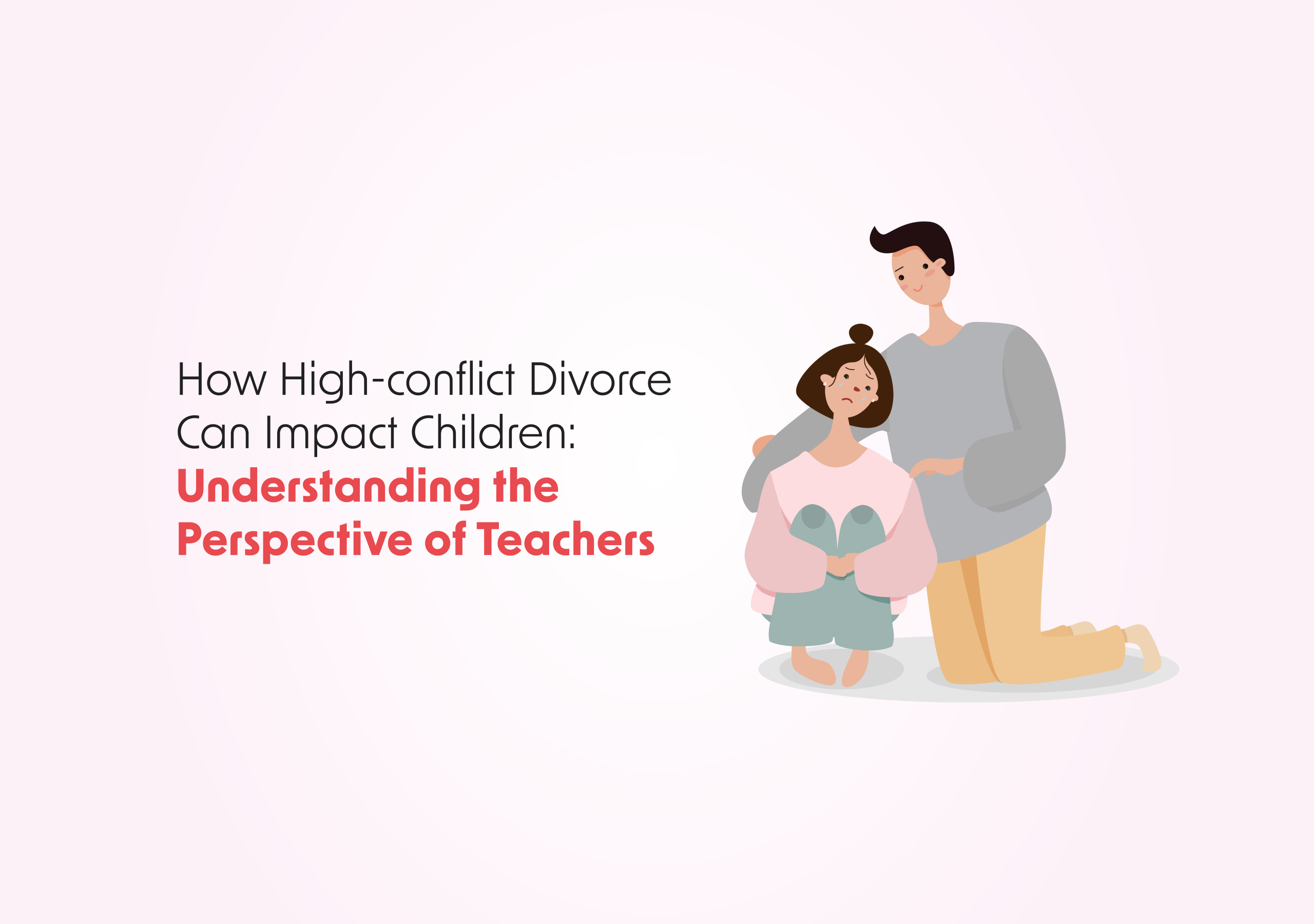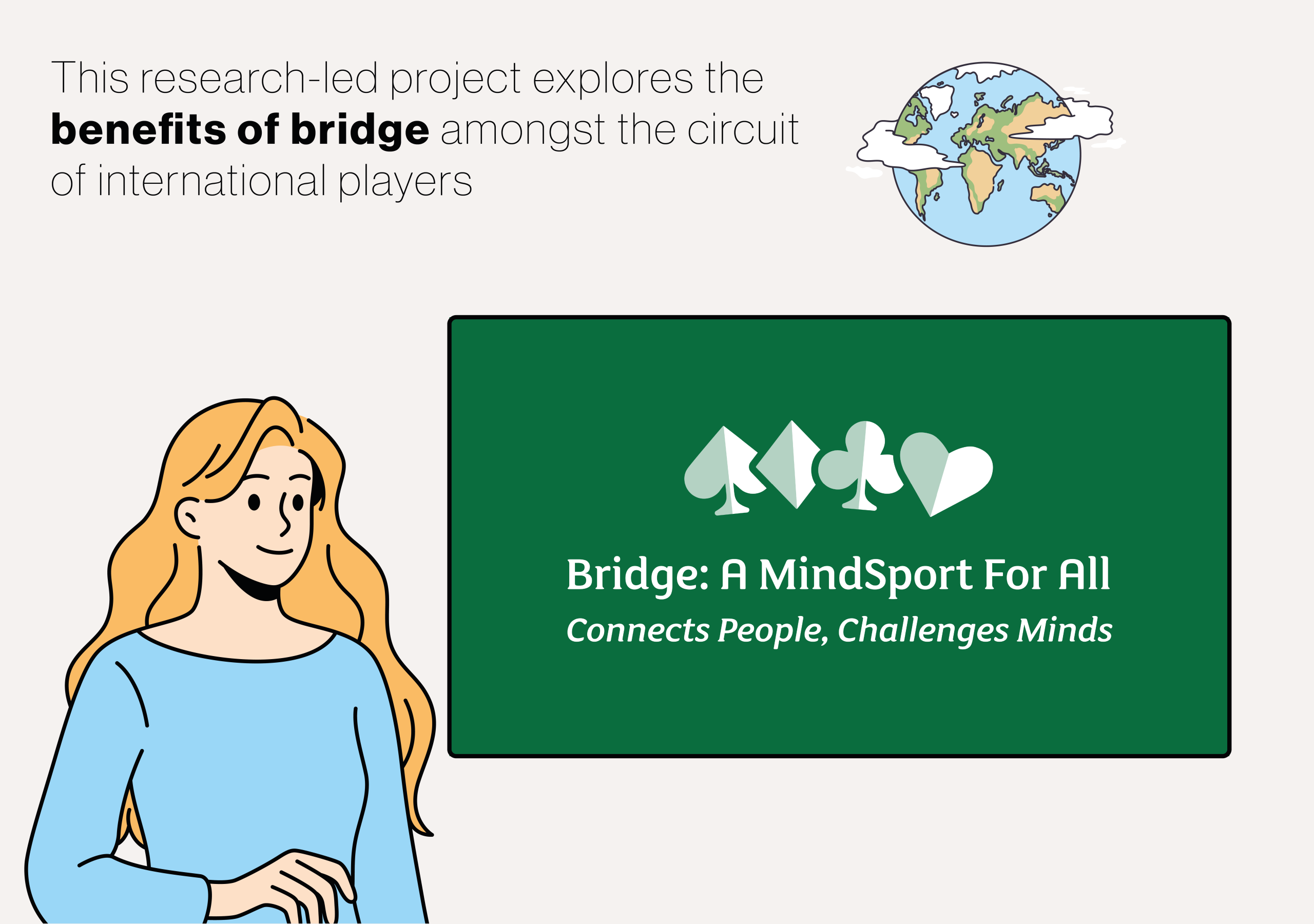The importance of the EU in global governance has been well researched. However, systematic analysis of the way it interacts with other international organisations has been side-lined. To address this gap, Axel Marx the University of Leuven and Oliver Westerwinter at the University of St. Gallen introduce a special issue of the Journal of European Integration. The research published in this issue explores how the EU interacts with different types of global governance institutions. More
Today, global governance involves a large number of institutions of many different types. Policy areas that were once governed by a limited number of formal intergovernmental institutions are now influenced and regulated by diverse organisations. This has led to complex intersections and interactions.
For example, the World Health Organization was once the only governing body for global health. Now, this responsibility is shared with a number of international actors, such as the Global Fund to Fight AIDS, Tuberculosis and Malaria, and GAVI, the Vaccine Alliance. The same is true for organisations dealing with other global issues that require cross-border cooperation, such as international trade and climate change.
How well this system functions therefore depends on how well these institutions interact with one another.
The EU is an important institution in this context. It interacts with international organisations in myriad ways. The position it occupies in the global governance network shapes how it can influence other institutions and impact global issues.
Previously, scholarship has focused on how the EU positions itself and seeks to exert its influence through ‘norms, ideas and standards’. However, there has been little research exploring the way in which it interacts with other institutions and operates in global governance processes.
To close this gap, Marx and Westerwinter introduce a special issue of the Journal of European Integration. The articles in this issue map the EU’s institutional interactions through quantitative analysis and specific case studies, and explore the patterns that emerge.
The research included helps us to better understand the role of the EU in global governance. Given the increasing complexity of global politics, a better understanding of the ways in which coordination, cooperation and performance occurs in global initiatives is of crucial importance.
The EU engages with a range of governance institutions in different ways and to different degrees. While Marx and Westerwinter define inter-organisational interactions as simply ‘interaction between two or more institutions’, these can take many different forms. Shared membership of an organisation, information exchange, financial resources, joint policy making, and partnerships are all common examples. These interactions can vary in many ways, but Marx and Westerwinter focus on two key dimensions that they believe to be most impactful on organisational outcomes: intensity and formality.
The intensity of an interaction refers to both its depth and its frequency. For example, research in this special issue finds that the EU engages much more intensely with some intergovernmental organizations, such as NATO and the World Trade Organization, compared to others.
In terms of formality, the EU has become formally involved in the institutional structures and processes of some intergovernmental organisations, while it only has an informal, irregular relationships with others. For example, the EU is a full formal member of the United Nations Food and Agricultural Organization, but is only an observer in many other international organizations.
Where more than two institutions interact, a broader range of influences and incentives are at play. Here, resource dependence theory may be key to consider; the EU is likely to increase interactions with organisations that will help them tap into resources. Beyond this, regulatory requirements, organisational culture, and the responsibility to show legitimacy also shape interactions between the EU and other organisations.
The studies included in the special issue map these interactions of the EU in a systematic way with four different types of global institutions.
First, they look at formal intergovernmental organisations – which are often formed to oversee agreements or treaties that states have entered into. These organisations develop their own obligations, processes and membership criteria. There are very famous examples of these, such as the UN, but there are also hundreds of less well-known intergovernmental organisations. The EU is able to participate in some of these, such as the World Trade Organisation, just like any other member state. But there are many it cannot join as a full member due to its status as a regional intergovernmental organisation, so it interacts more informally with these.
Secondly, Marx and Westerwinter briefly outline the role of informal intergovernmental organisations, such as the G7 and G20. In recent years, more and more states are preferring to engage in informal law-making rather than formal law-making. This means they form fewer binding international treaties, and instead use forms of cooperation that are looser, such as joint declarations. This type of informal cooperation has led to an increase in the prominence of informal international organisations. These organisations do not normally have staff, headquarters or substantial institutional structure. However, they play an important role as they promote consensus-building and dialogue, and are flexible in terms of decision-making.
Thirdly, transnational regulatory networks have also become important global governance institutions. These institutions bring together administrators of specific national regulatory agencies to carry out several governance functions. There are international regulatory networks on food safety, consumer protection, utilities and many other policy areas.
Finally, Marx and Westerwinter turn to the proliferation of transnational public-private governance initiatives. In the last three decades, non-state actors have become increasingly important in global governance. In many instances, public entities, such as formal international organisations, and private actors, such as non-governmental organisations, have joined together to create hybrid international governance arrangements to achieve a public good. Examples include the Global Water Partnership and Sustainable Energy for All.
The special issue also includes case studies on three areas in which the EU exerts heavy influence on the global stage: trade, investment, and the climate. This research moves beyond an exploration of how the EU interacts with different types of intergovernmental organisation, and provides insight into how different policy areas impact the EU’s behaviour.
It finds that the way the EU acts is influenced by ‘levels of competences’, which refers to the power it has to steer the policy decisions of its member states. In international trade, for example, the EU is able to be a key global actor because it is able to create policy across the national jurisdictions of its member states.
However, this research also highlights the limitations faced by the EU. In the area of climate policy, for example, the EU does not have full competency and shares powers with its member states, leading to complex multi-level interactions. While these interactions can enable innovation, they can also lead to contestation and policy stagnation. The EU can ultimately only play a leading role in this domain when its member states’ domestic preferences are aligned.
Marx and Westerwinter introduce a special issue that explores the EU’s interactions with global governance institutions from a number of different perspectives using systematic, quantitative analysis enriched with selected qualitative case studies. By doing so, they highlight the importance of further research in the area.



